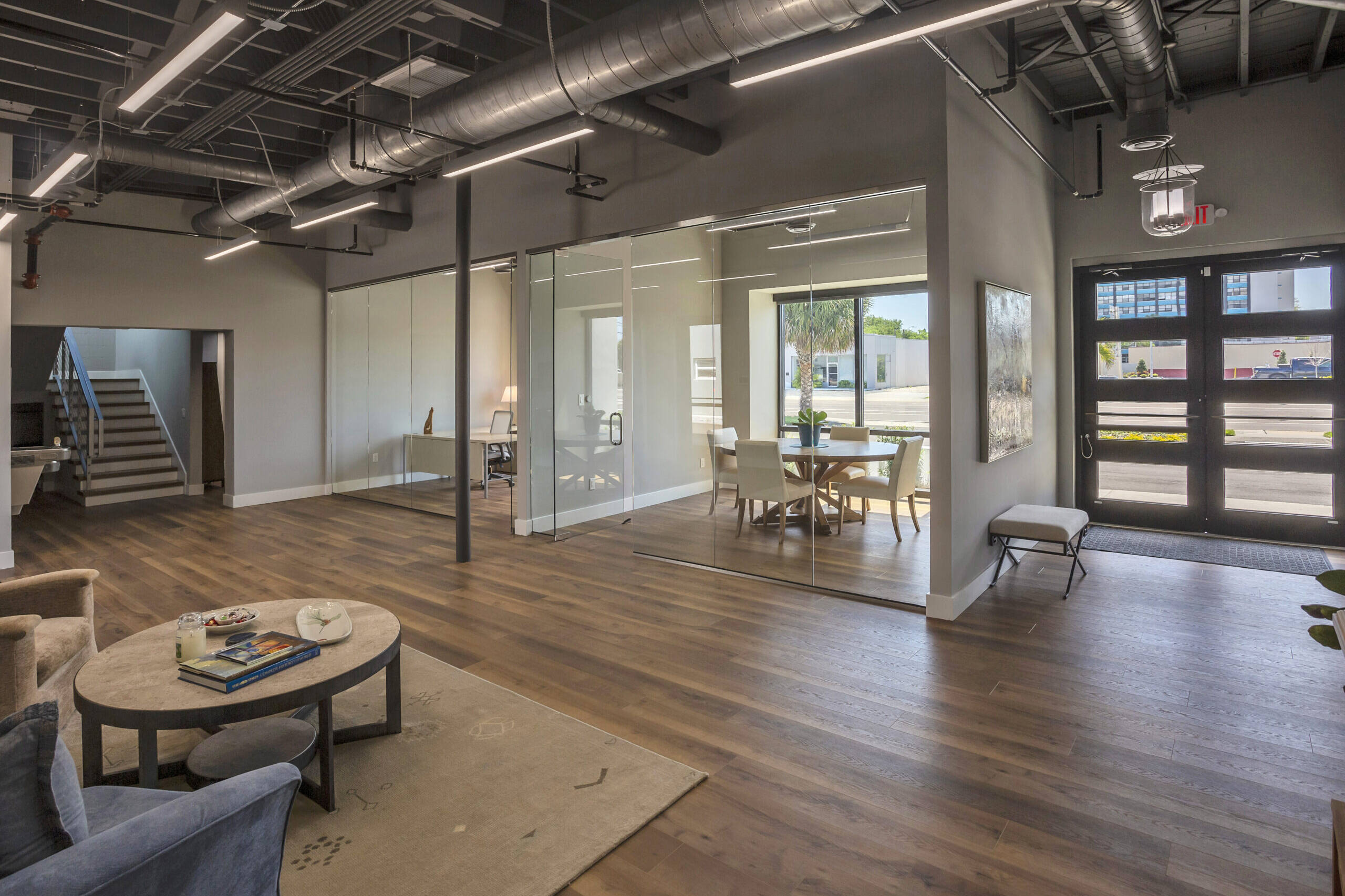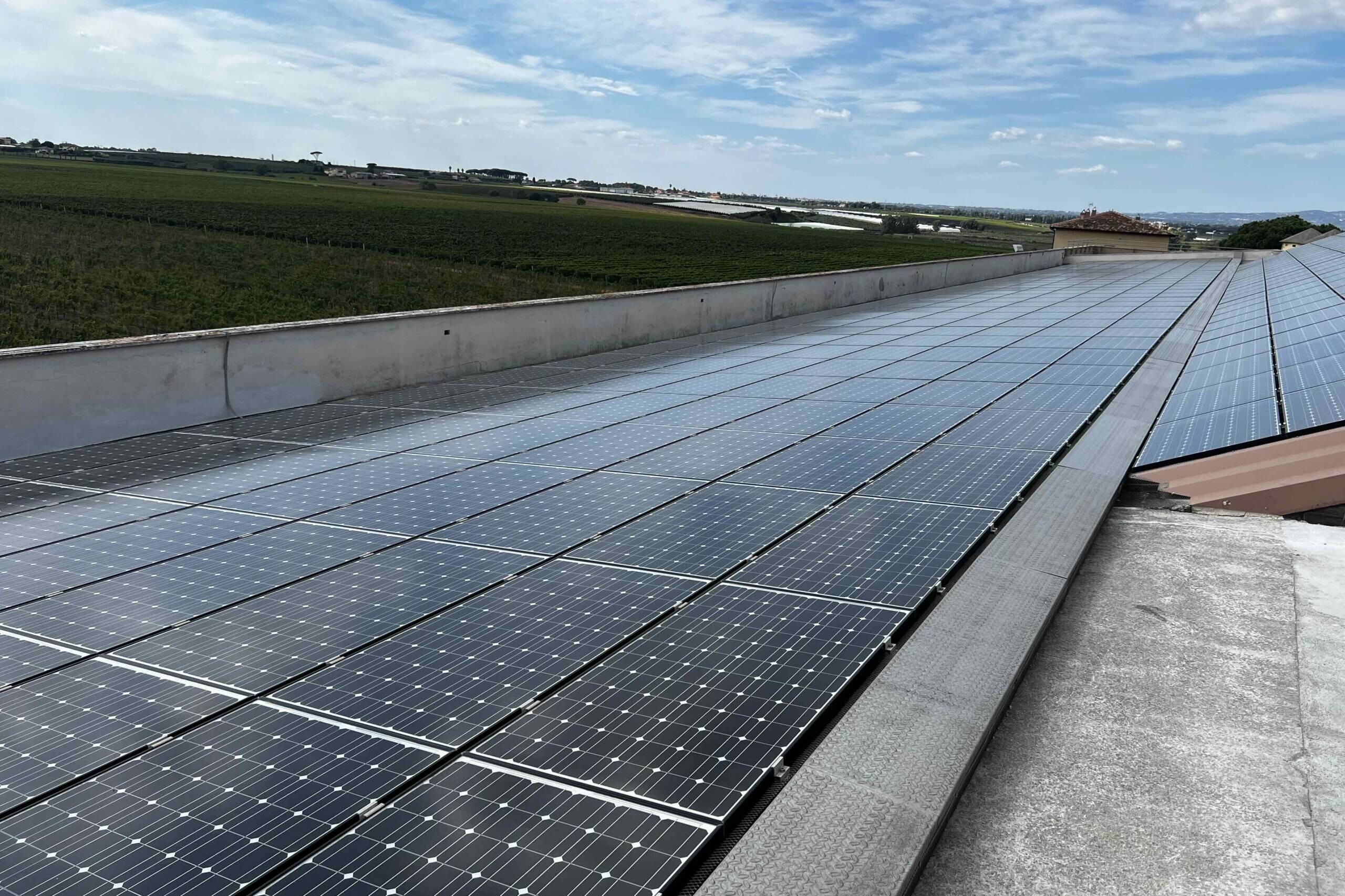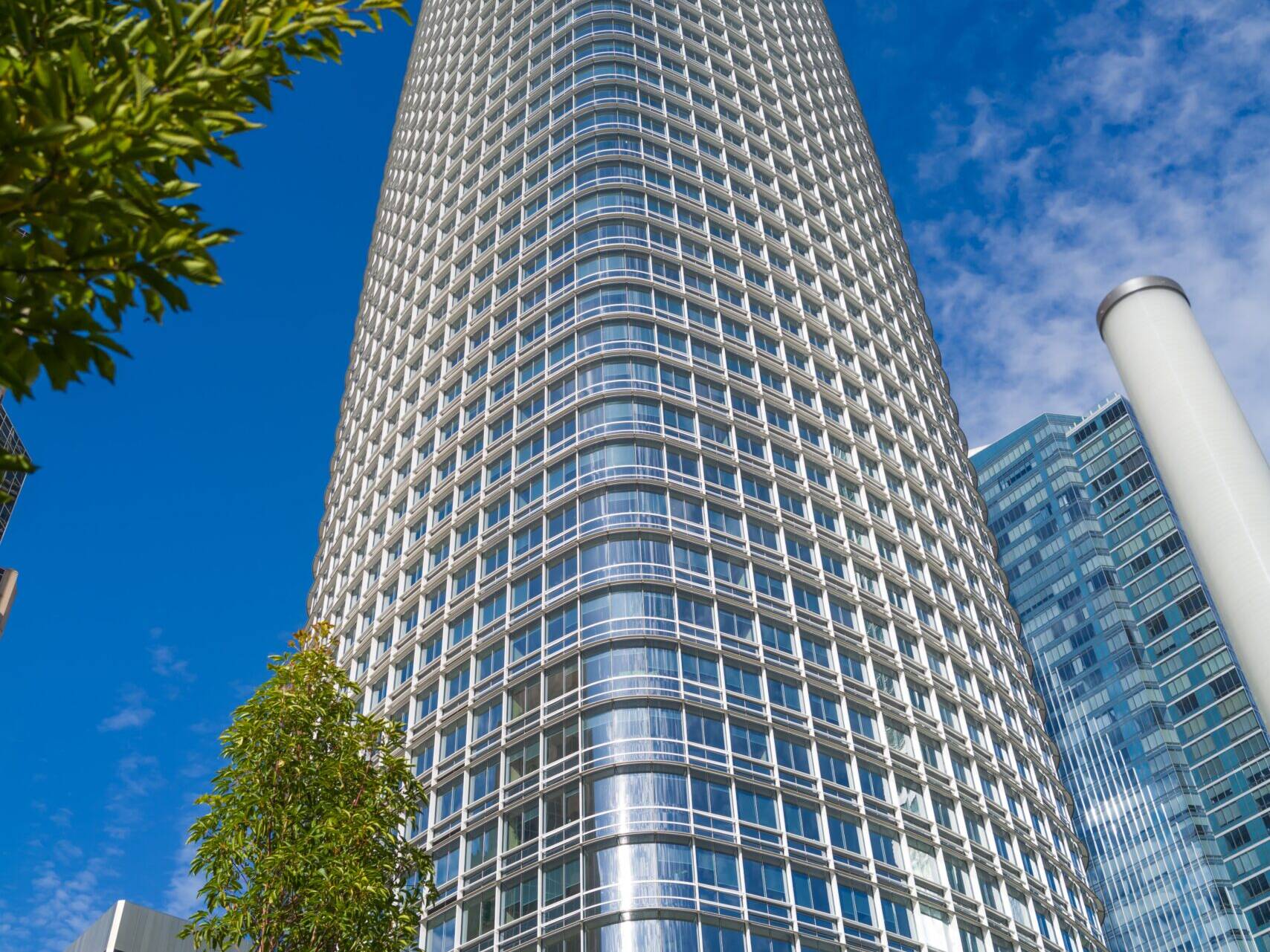Chapter 1 – Understanding Sustainability in Construction
Sustainability in construction can no longer be viewed as a luxury or an add-on; instead, it has firmly taken root as an indispensable part of the building sector. At its core, it’s a holistic approach to development and construction that minimizes negative environmental impacts while enhancing economic viability and the quality of life for communities.
This chapter aims to shed light on what sustainability in construction truly encompasses. It’s not just about incorporating energy-efficient appliances or using recycled materials—although these are vital components. True sustainability extends further, covering a broad range of factors, including energy efficiency, water management, waste reduction, and responsible sourcing of materials, all designed to decrease the overall environmental footprint.
Energy efficiency is a cornerstone of sustainable construction. It’s about reducing the energy demand of buildings through intelligent design and efficient systems. Strategies such as passive solar design, where buildings are oriented to take full advantage of natural light and heat, or installing high-efficiency HVAC systems, contribute to a building’s energy efficiency.
Water management, another crucial aspect of sustainable construction, involves using techniques and technologies that save water, such as low-flow fixtures and rainwater harvesting systems. It also includes managing stormwater runoff to reduce the impact on local water systems.
Waste reduction in construction is about more than just recycling. It’s about integrating a life-cycle perspective into the design and building process to minimize waste from the outset. This might involve choosing durable materials that can be easily recycled or designing buildings for deconstruction so that components can be easily reused or recycled at the end of the building’s life.
Sustainable construction also emphasizes the responsible sourcing of materials. This means choosing locally sourced materials to reduce transportation emissions, selecting materials from suppliers who use sustainable practices, and considering the embodied energy in materials—that is, the energy used in the extraction, production, and transportation of the materials.
In the following chapters, we will delve deeper into these facets of sustainable construction and discuss how they add value to construction projects and the broader economic and social landscape. We will also explore how the adoption of these practices can lead to remarkable transformations in the real estate industry, not just in terms of improved property value but also in creating sustainable communities that are resilient, prosperous, and healthy.
By understanding the complexities and multifaceted nature of sustainability in construction, we are better equipped to appreciate the profound impact it can have on our built environment, communities, and, ultimately, our planet. This understanding will guide us as we move forward in our journey toward a sustainable future in construction and real estate.
Together, let’s contribute to a more sustainable future.
Greg Totten
CGC 1529916 · LEED AP BD+C
(727)-386-9480
Share
Related Posts
February 21, 2024
Shaping the Future with Retrofitting Innovations
Chapter 6: Shaping the Future with Retrofitting Innovations
February 11, 2024
Navigating the Challenges of Retrofitting: From Planning to Execution
Chapter 5: Navigating the Challenges of Retrofitting: From Planning to…




